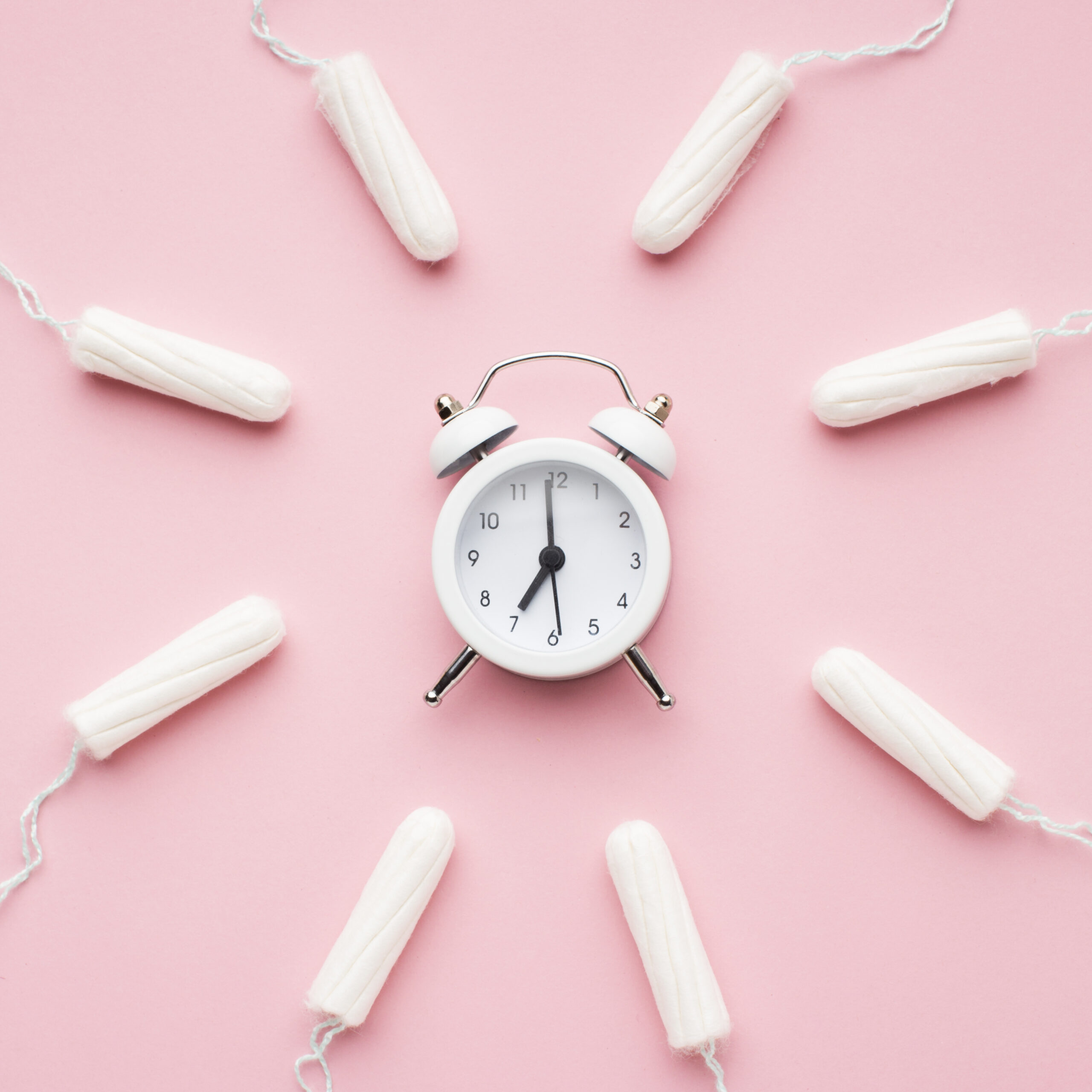Bhawna Thakur
North News
Chandigarh, October 1
A new study led by a UC Berkeley researcher has found that tampons used by millions of women monthly may contain toxic metals such as lead, arsenic, and cadmium. While these metals were detected, the study did not determine whether they can be released from the tampons or absorbed by the body, according to the journal ‘Environmental Factors’.
The research indicated that lead concentrations were higher in non-organic tampons, while organic tampons showed elevated arsenic levels, according to the National Institute of Environmental Health Sciences (NIEHS).
The Environmental Factors reported that Jenni Shearston, Ph.D., a postdoctoral scholar in Environmental Science, Policy, and Management at UC Berkeley, noted, “This is the first study, to our knowledge, to measure metals in tampons.” Shearston urged consumers not to panic, as the potential for metal absorption from tampons remains uncertain. The study suggests that metals could enter tampons through agricultural or manufacturing processes, posing risks due to the vagina’s highly absorptive tissue, according to the research paper published in the journal.
Of the 16 metals tested, 12, including toxic elements like lead, were found in 100% of the tampons analyzed. Exposure to these metals is linked to increased risks of dementia, infertility, diabetes, and cancer, as well as damage to vital organs and systems, including maternal health and fetal development.
The presence of these toxic metals in various tampon brands raises significant health concerns for women. Although regulatory bodies assert that the detected levels are within safe limits, consumers are encouraged to stay informed and consider their choices. Abee Boyles, Ph.D., a health scientist at NIEHS, emphasized the lack of long-term safety information regarding feminine hygiene products, urging further research on the chemicals absorbed into the body and their health impacts on menstruating individuals, the journal further reported.
















